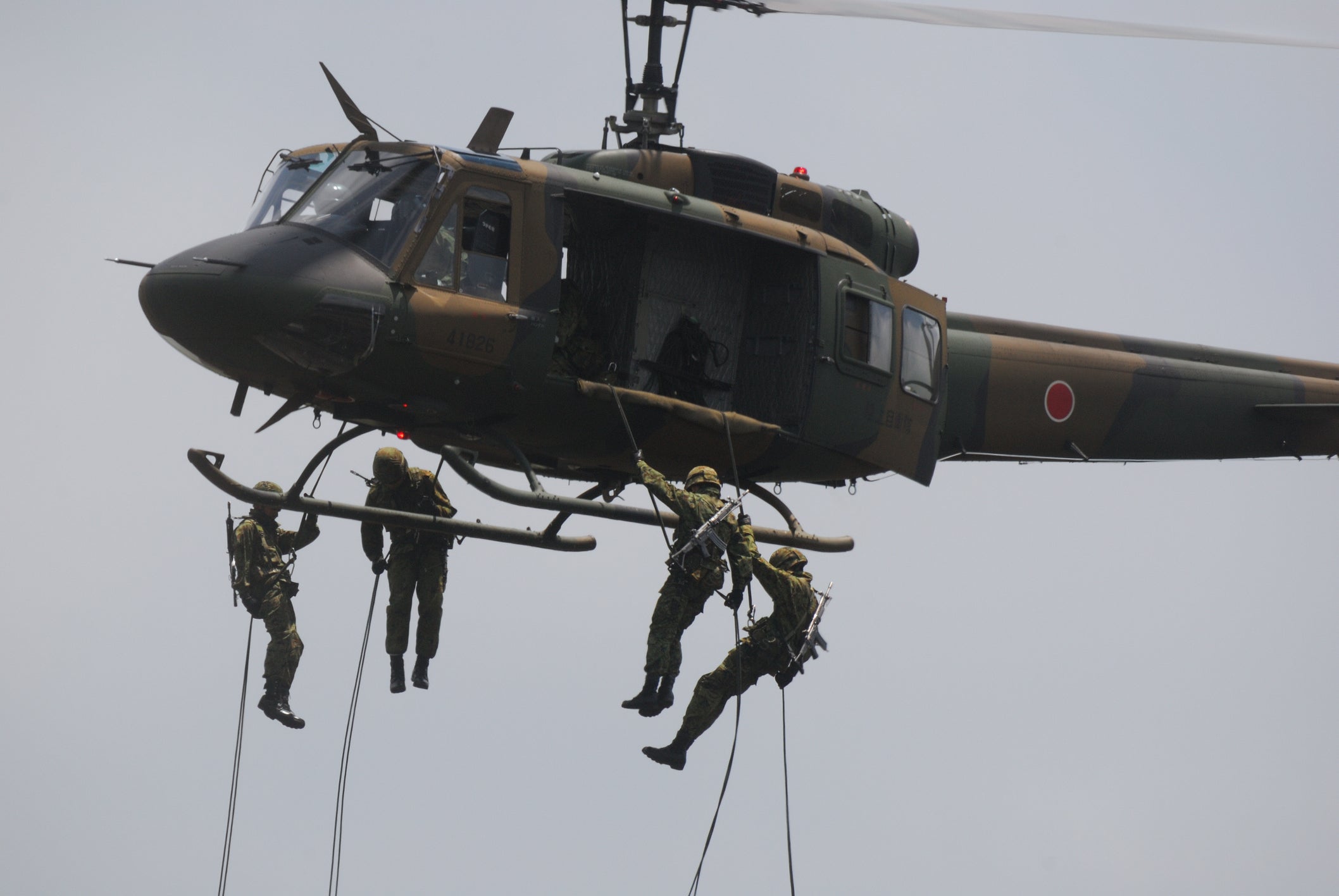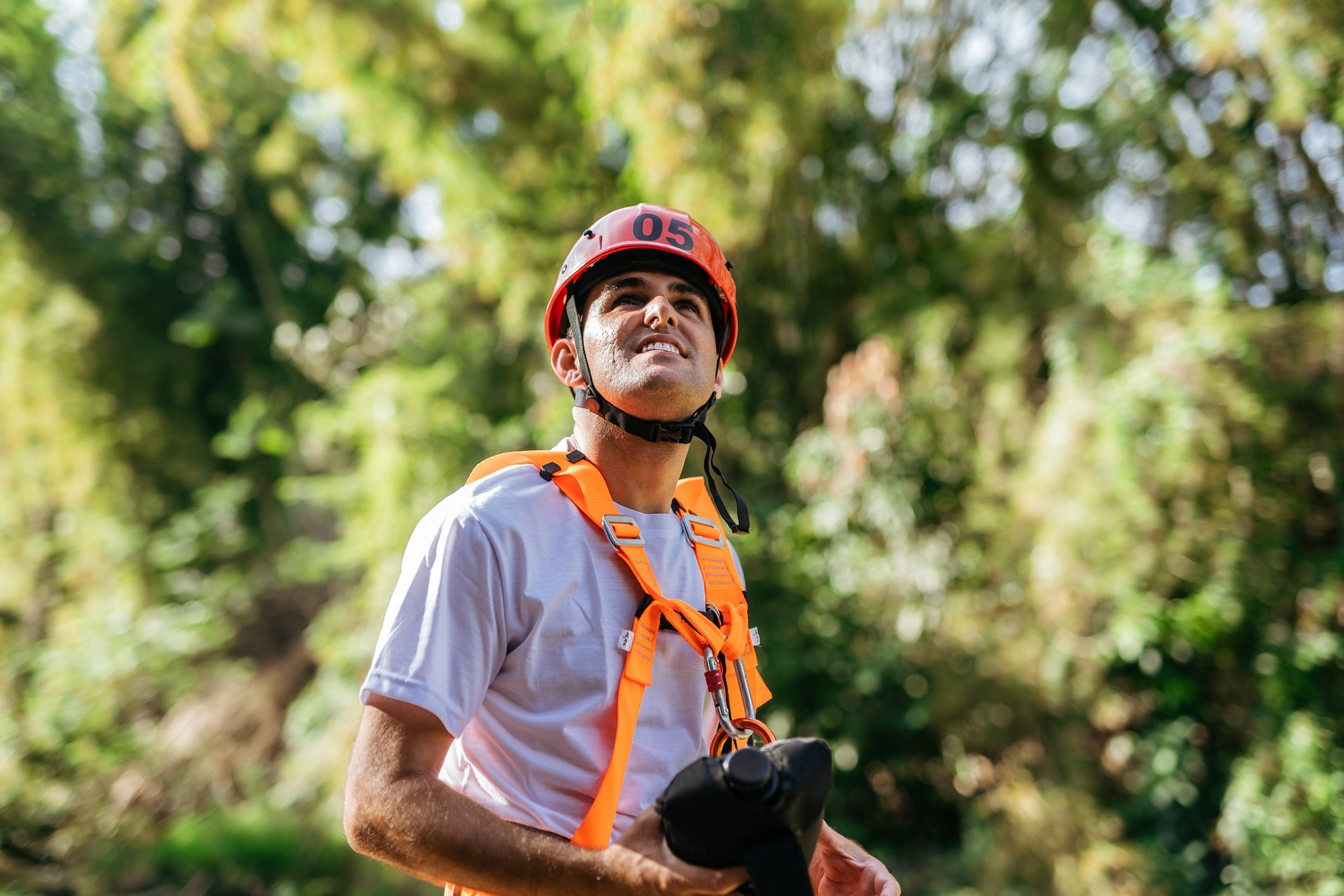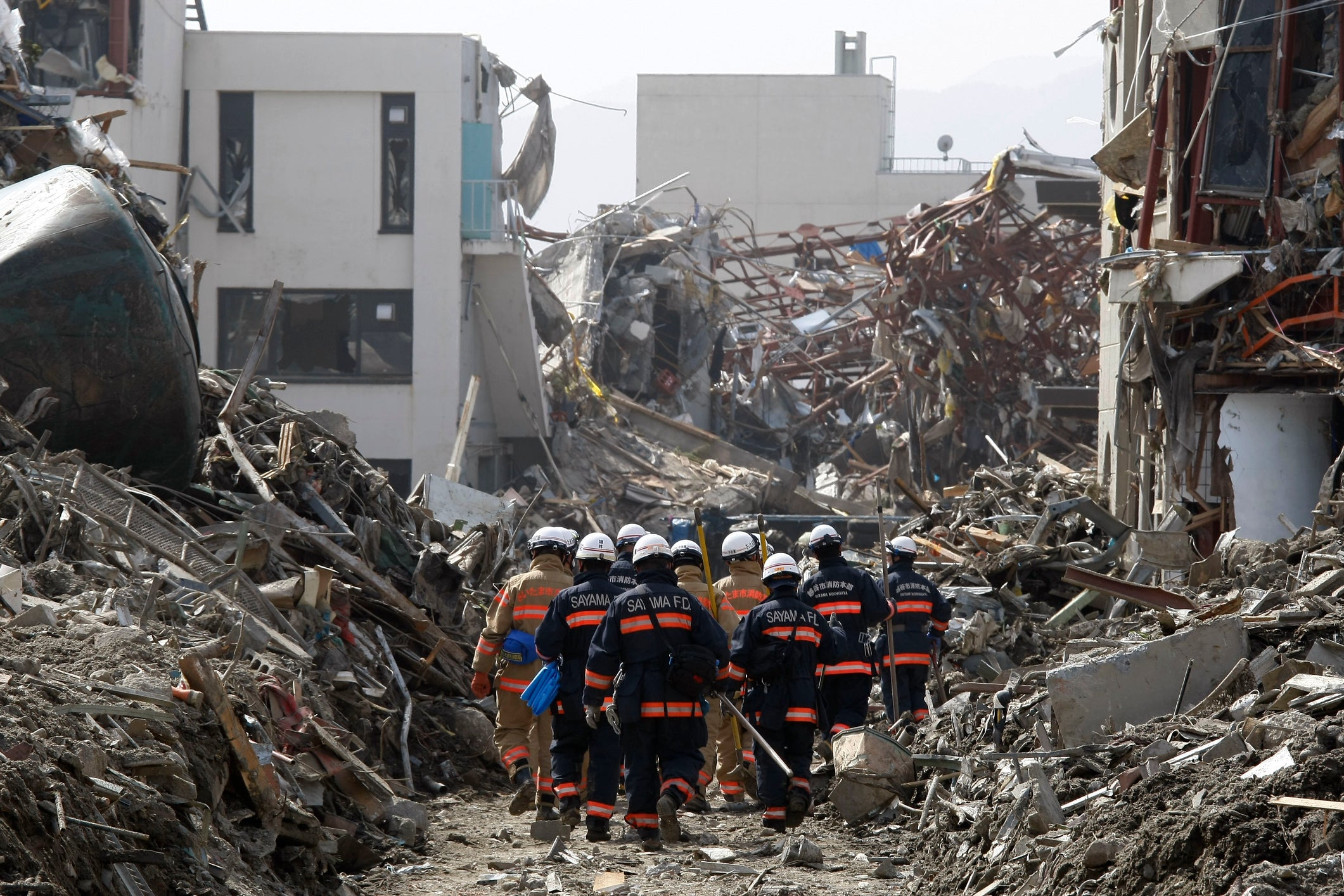Measures to protect yourself from landslides
table of contents
Introduction
1. Check whether the place you live is a "landslide warning area"
2. When it starts to rain, pay attention to landslide warning information
3. Everyone evacuates at alert level 4
summary
Introduction
Japan is a country where natural disasters such as typhoons, heavy rain, and earthquakes occur frequently. Among these disasters, landslides are terrifying disasters that can instantly claim lives and property due to landslides, debris flows, landslides, etc.
In order to protect ourselves from landslides, it is important for each of us to prepare on a daily basis. Here, we will introduce three points you should know at least to protect yourself from landslides, as well as specific countermeasures.
1. Check whether the place you live is a "landslide warning area"
Areas where there is a risk of landslides are designated as "landslide warning areas." Always check whether your home is in an area where there is a risk of landslides by checking the ``Hazard Map Portal Site'' of your prefecture or the Ministry of Land, Infrastructure, Transport and Tourism.
It is also important to know where and how to escape in the event of an evacuation. Check evacuation sites and evacuation routes using landslide hazard maps created by municipalities. For more information, please contact your local municipality.
However, landslides may occur even if the area is not a landslide warning area. Please be careful if there are cliffs or small streams nearby.
2. When it starts to rain, pay attention to landslide warning information
When it starts to rain, pay attention to the "Landslide Warning Information." Landslide warning information is jointly released by prefectures and the Japan Meteorological Agency to help municipal mayors make decisions when issuing evacuation orders and residents to voluntarily evacuate when the risk of landslides due to heavy rain increases. This is disaster prevention information.
This is information equivalent to Alert Level 4 , and serves as a guideline for municipalities to issue Alert Level 4 evacuation orders, indicating that the urgency of a disaster is increasing.
Landslide warning information can be checked on the Japan Meteorological Agency website and the websites of each prefecture's erosion control division, and is also announced on TV and radio. It's a good idea to have a portable radio with you in case of emergency situations such as signal interference or power outages due to heavy rain.
Some prefectures and municipalities have services that automatically send landslide warning information to your mobile phone. Furthermore, you can check the risk level in mesh units of 1 to 5 km , such as Kikikuru (risk distribution), on the Japan Meteorological Agency and prefectural websites.
3. Everyone evacuates at alert level 4
When landslide warning information (alert level 4 equivalent information) is announced for your area, pay attention to the issuance of evacuation orders (alert level 4 ) from local governments, and even if no evacuation orders have been issued, Please consult your family, relatives, and other people in the area, and evacuate to a nearby evacuation site or other safe location as soon as possible.
In particular, it is important to consider travel time and evacuate early, especially for people who require time to evacuate, such as the elderly and people with disabilities. If heavy rain is expected overnight, it is safer to evacuate before dark.
Also, in times of heavy rain or prolonged rain, please pay close attention to municipal disaster prevention administrative radio systems, public information vehicles, and emergency alert emails.
Most of the landslide disasters affect the first floor of wooden buildings. If it is difficult to evacuate to an evacuation site, the next best option is to evacuate to the second floor or higher of a nearby sturdy building, or, if that is difficult, to a safer place inside your home (away from a cliff). Please evacuate to a room or the second floor, etc.
You may be hesitant to evacuate during heavy rains at night, but if you regularly participate in evacuation drills and become accustomed to evacuation, you will be more likely to take action. Participate in landslide disaster evacuation drills conducted by municipalities.
3-1 Be aware of signs of landslide disasters
Landslides often occur suddenly, but sometimes there are warning signs. If you notice any of the following symptoms, immediately evacuate to a safe place.
・There is a sound of soil or stones crumbling or sliding.
・Cracks or tilting occur in the ground or walls
-Water becomes cloudy or contains mud or sand
・Water level suddenly rises or falls
・The base of the plant becomes exposed or falls down.
・Abnormalities are observed in infrastructure such as roads and bridges.
3-2 Points to note during evacuation
The best way to protect yourself from landslides is to evacuate. However, when evacuating, please do not forget the following precautions.
・Before evacuating, prepare the minimum necessary items (e.g. emergency bag)
・When evacuating, go with your family and neighbors as much as possible.
・Choose a safe and reliable evacuation route (avoid along streams, rivers, under cliffs, etc.)
・Choose an evacuation site on high ground or in a sturdy building where the risk of landslides is low.
・After evacuation, follow the instructions of the municipality or evacuation center.
3-3 What to do if you are involved in a landslide
If you notice signs of a landslide, evacuate to a safe place immediately. Premonitory phenomena include the sound of soil or stones crumbling or sliding, cracks or sloping in the ground or walls, water becoming cloudy or mixed with mud or sand, and the roots of plants becoming exposed or falling over. , abnormalities are observed in infrastructure such as roads and bridges.
If you see mud and sand coming in front of you, run at right angles to the flow of sand or evacuate to a higher floor of a nearby sturdy building. If you run away along the flow of earth and sand, you will be caught up.
If you are buried alive, the first thing you should do is calm down and breathe. If you don't know what's up and down, the direction you drop your saliva in will be the ground. If you are stuck in the mud, you need to call for help. Make noises with your cell phone or whistle, or move your arms and legs to attract the attention of rescuers.
If you are able to escape from a landslide, check to see if you are safe. If you are injured, give first aid and contact a medical institution. If there is someone caught in the area, cooperate with rescue efforts. However, it is important to act while ensuring your own safety.
The above is what to do if you are involved in a landslide. Landslides are difficult to predict, and once they occur, there is no time to escape. Therefore, it is important to always be aware of the danger areas in and around where you live, pay attention to disaster prevention information and warning signs, and take prompt action.
summary
In this article, we introduced what you need to know and the measures you can take to protect yourself from landslides. Landslides are difficult to predict, and once they occur, there is no time to escape. Therefore, it is important to always be aware of the danger areas in and around where you live, pay attention to disaster prevention information and warning signs, and take prompt action.
It is also important to prepare for not only landslides but also other natural disasters. In addition to preparing disaster prevention goods and emergency food, we recommend that you discuss contact methods and evacuation plans with your family and neighbors.








